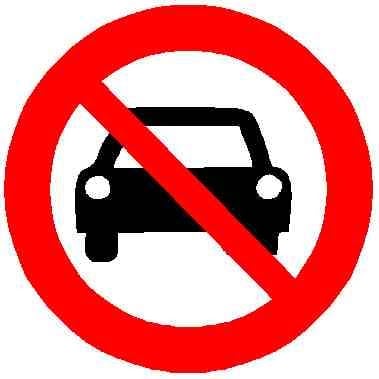

No I get that, but there’s this prevailing sentiment that cars are somehow more necessary in rural areas because…they’re not worth serving with transit or something? I don’t know. I think it’s ridiculous. Big cities should obviously have excellent transit and non-car infrastructure but so should small towns and villages

You’re not wrong, but Sabine Hossenfelder is not a good source for well, anything (except physics, which she has excellent grounding in).